rivers in the desert
digital liner notes
scroll down or skip to:
the concept | the music | credits/info
photo by Luis F. Lorenzo
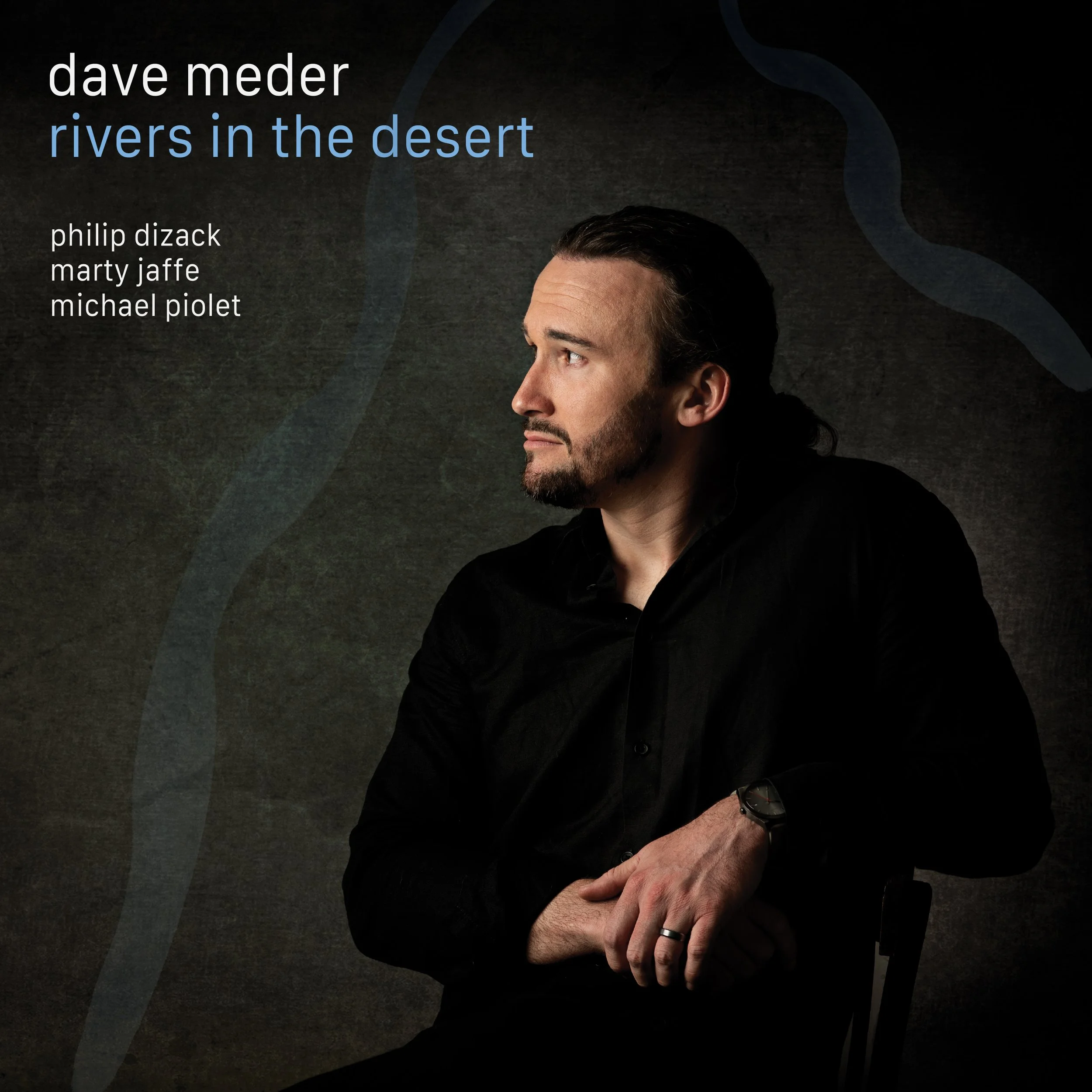
rivers in the desert
digital liner notes
scroll down or skip to:
the concept | the music | credits/info
photo by Luis F. Lorenzo
“…I am about to do something new; even now it is coming. Do you not see it? I will make a way in the wilderness, rivers in the desert…”
Rivers in the Desert is an extended work in two halves, commissioned by Chamber Music America with support from The Aaron Copland Fund for Music. The first half celebrates the earth’s natural ecological balance, while the second confronts the ways humanity has disrupted it. The powerful final title track, inspired by imagery from Isaiah 43:19, unites both halves, pointing to regenerative practices around the world that are harnessing the earth’s inherent resilience to sustain life and help avert the climate crisis.
The album showcases a quartet in peak form: trumpeter Philip Dizack (DownBeat “Top 25 Trumpet Players to Watch”), bassist Marty Jaffe (Marcus Roberts Trio, Karrin Allyson), and drummer Michael Piolet (Eric Lewis, Leon Foster Thomas, and current percussionist for Hamilton on Broadway). Since forming in 2021, the group has built steady momentum as runner-up in the 2025 DC Jazz Prix, a selectee for the 2024 Texas Arts Touring Roster, a 2023 South Arts Jazz Road Tours grantee, and recipient of the 2022 CMA New Jazz Works Commission. Now with three albums together, their synergy has crystallized into a powerful collective voice, bringing Dave Meder’s intricate tone poems and expansive narrative vision to life. Select movements of Rivers in the Desert are further enriched with custom effects and electronics by noted sound artist Jon Christopher Nelson.

Dave Meder is one of the prominent artists of his generation, known for a broad musical palette recognized in the Herbie Hancock International Jazz Piano Competition and the American Piano Awards. His music is described as “a vibrant hybrid of the whole American spectrum” (All About Jazz), skillfully balancing “post-bop harmonies with soulful gospel warmth and contemporary classical sophistication” (All Music Guide). He has headlined stages or conducted educational residencies at Jazz at Lincoln Center, The Kennedy Center, as well as internationally in Beijing, Tokyo, São Paulo, and most recently Egypt as a U.S. Fulbright Scholar. A Juilliard graduate formerly based in New York, Dave has been Professor of Jazz Piano at the University of North Texas since 2018.
Rivers in the Desert is highly personal to Dave, as a lifelong gardener and horticultural hobbyist, and now as the father of a young girl. “It’s one thing to watch climate denialism as a far-off political phenomenon…it’s an entirely different feeling when you have children whose generation stands to be destroyed by these attitudes.” Since the birth of his daughter two years ago, Dave has acted on a small scale by slowly transforming the infertile clay in his North Texas backyard into a more sustainable ecosystem that now supports fruit trees, vegetables, and native prairie grasses. He draws inspiration from his studies of transformative land and water management practices from around the world, such as the Greening the Desert project in Jordan, the Loess Plateau restoration in China, and the switch from conventional to regenerative agriculture in pockets of the United States.
“Since moving to Texas, I’ve had the fortunate opportunity to try out some of these innovative ideas I had read about over the years. At first it was just a passion project, but now with a young daughter, and leadership that seems to openly welcome climate denialism, suddenly this far-fetched backyard experiment took on a deeper meaning. I found all these environmental ideas creeping into my artistic work. So, this album is a personal reflection of my own ecological journey, and in a roundabout way it’s a love letter to my daughter… a vision of the future I hope she will inherit.”
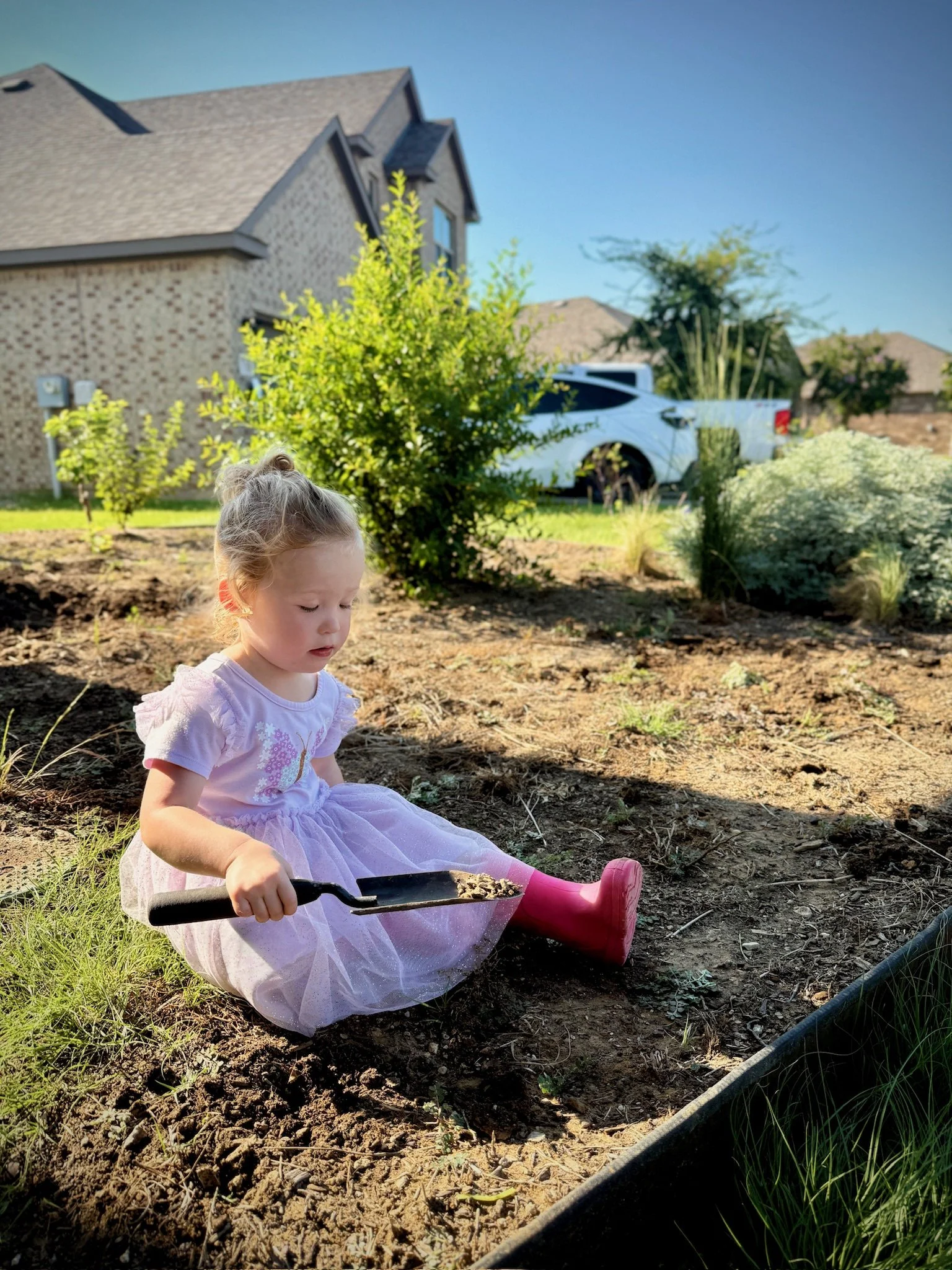
Idyll sets a pastoral tone and begins the album’s first half, which explores the subtle ecological genius that has sustained us for ages.
“Pioneer species” are the first waves of life that emerge in seemingly uninhabitable places: where fire has burned down a forest, where lava has cooled into to solid rock, or where glaciers have receded. They are lichens, mosses, and hardy grasses that thrive without comfort. In such inhospitable environments, there is no soil to support them, so their roots slowly grind rock into sediment, and their foliage manufactures nutrients from the air (a process called nitrogen fixation). Upon their death, they build the organic matter that eventually creates true soil, laying the foundation for more complex life. Their presence is chaotic, insistent, and driven by a sheer refusal to wait.
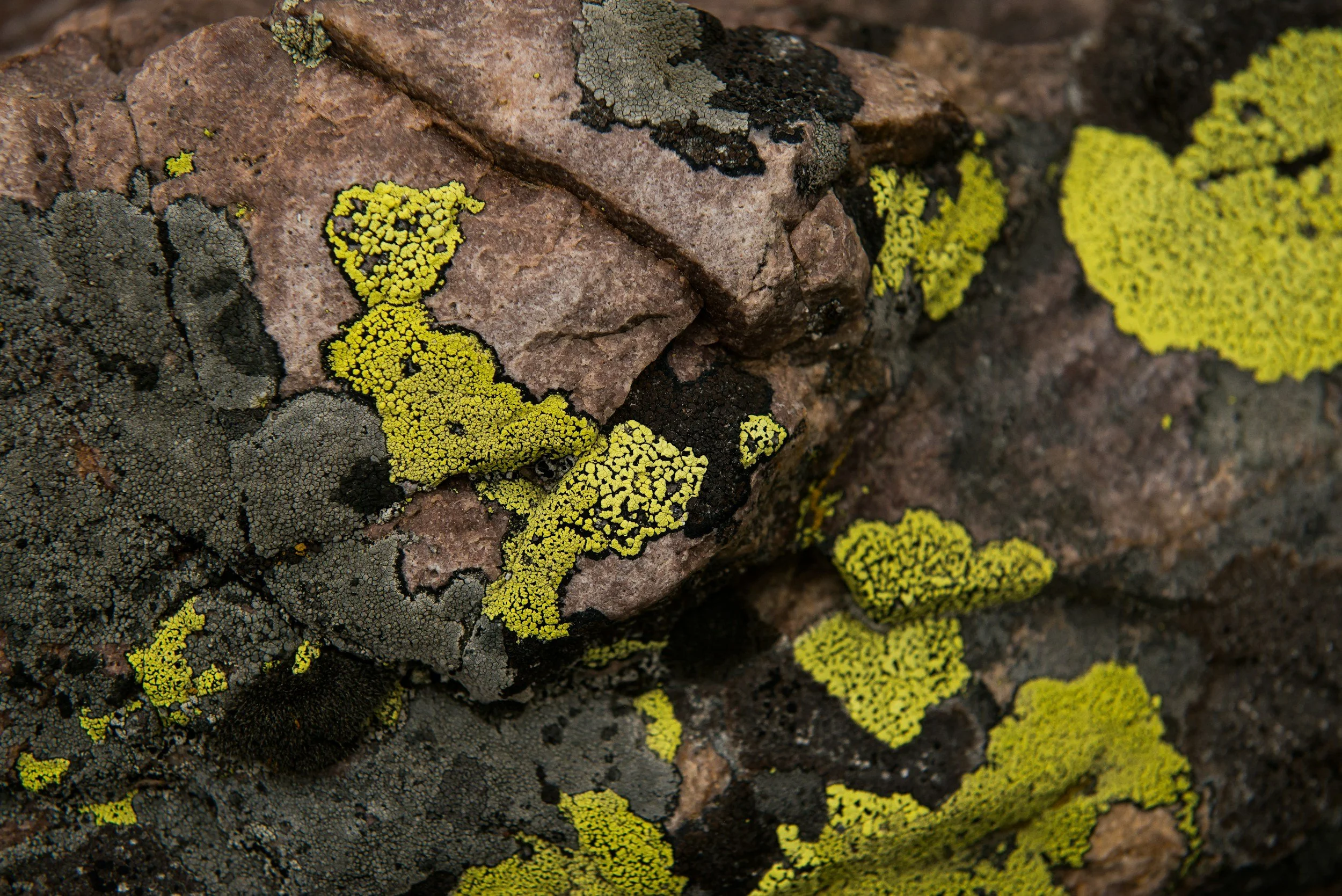
They are a “reckless” opening act, much like my piece Pioneers, which I conceived as a musical chaos agent from start to finish.
After recording was complete, I asked Jon Christopher Nelson (sound artist, composer, and colleague) to craft an electronic introduction: a sound world that suggests emergence and rapid proliferation. In Jon’s words:
“I was enthralled by the vibrant, percolating energy and shifting rhythms, so I developed something that would highlight this driving pulse: a complex feedback delay network that can be synchronized to any tempo. There are essentially ten stereo delays that each can feed any other delay as well as feed back into itself. This allows some interesting possibilities with very complex and unusual sequences of delays that can be set to any subdivision of the beat. The electronic introduction to Pioneers attempts to foreshadow the quartet’s electrifying energy by feeding the audio from their opening measures into this infinite delay system. One hears a clear relationship between the electronics and hopefully gets a sense of the quartet emerging from the fog of convoluted delays.”
Indeed, the quartet emerges, but the piece remains in a rhythmic “fog”. It might be hard for the listener to tell, but the piece is in a basic 4 beat time signature. But, the piano cycles through groupings of 15 and 17 subdivisions, never lining up cleanly with this 4 beat structure. The bass cycles through its own 14-subdivision pattern, creating rhythmic tension against the piano, while drummer (and true virtuoso) Michael Piolet somehow bridges the divide. The melody alternates upbeats and downbeats, then shifts into groups of five. Essentially, the whole quartet is constantly fighting each other and its environment (the 4 beat time signature), emulating the primordial struggles to survive.
After an energetic trumpet solo from Philip Dizack, the piece returns to a short fragment of the melody, letting it decompose and die, like a pioneer plant. From that decay, a new rhythmic soil is laid (for the musically-trained…a “metric modulation”), into which the piano solo is planted. When the melody returns, our roles invert to fit the new environment: the trumpet plays what was once the bass line; the bass carries the melody; and the piano doubles in the low register instead of the high.
As pioneers fade, the process of ecological succession begins. Taller grasses, shrubs, and saplings rise. Insects, fungi, and birds arrive, and environmental complexity deepens. Succession, the longest work on the album, is an episodic piece inspired by these long-term ecological cycles. Jon Nelson captured the cyclical motif quite well in his sound design:
“Succession inspired me to create an effect that allows me to delay audio going either forward or backward. I also manipulated the delays so I could transpose or bend pitches as well as have any number delays sounding simultaneously.”
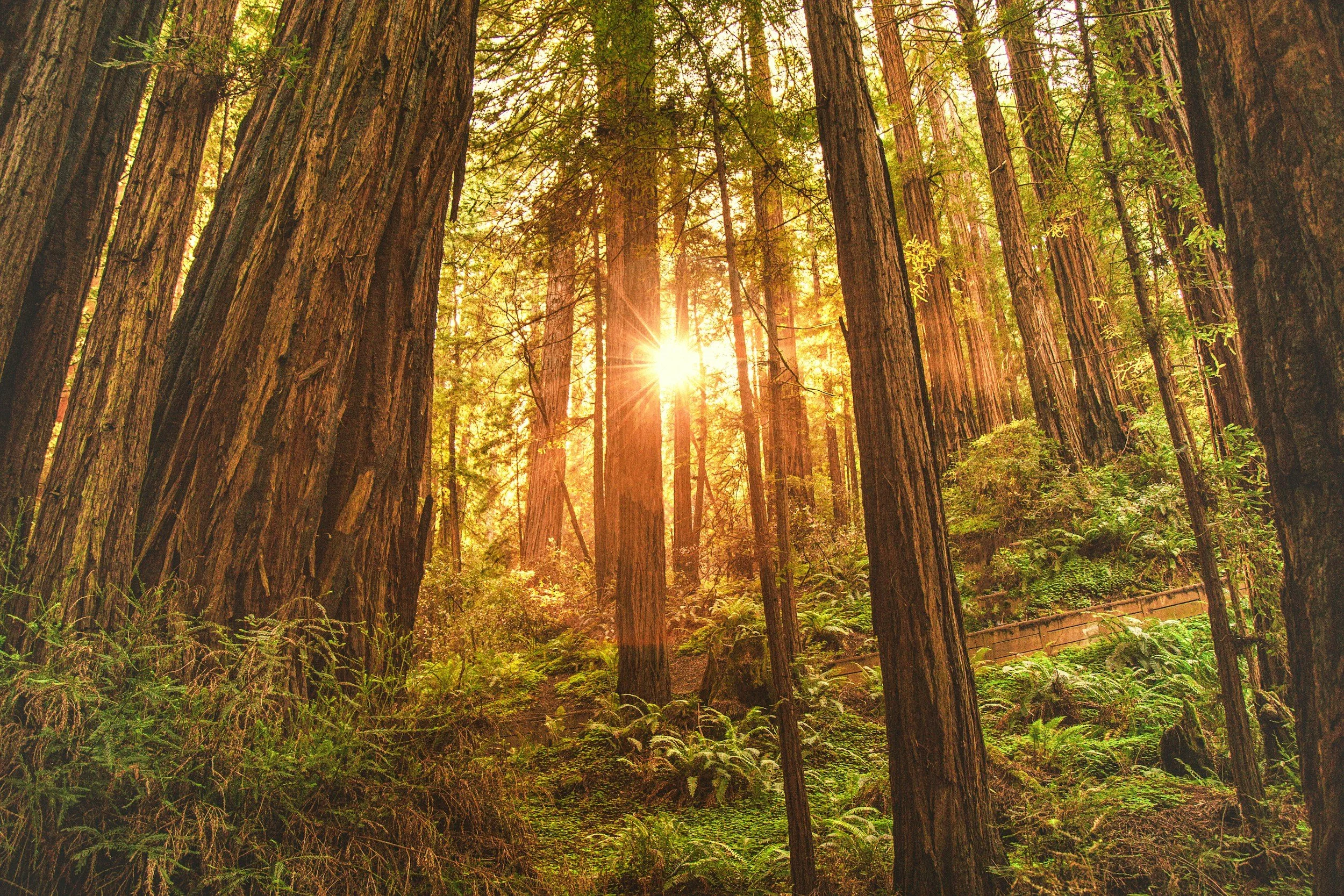
After the piano introduction, informed by Jon’s work, I designed a quartet section that mirrors the inherent competition and improvisation found in ecological succession. The drums begin to establish the pulse, while the piano and trumpet play rhythmically independent phrases atop, contending with the drums. Bassist Marty Jaffe must “negotiate” these competing strains by aligning his bassline with both the drums’ pulse and the melodic content of the piano and trumpet, wherever they happen to be in their phrases. The quartet must eventually converge on the melody.
At this point, the intensity of ecological succession builds: every resource is fought over, and every inch of soil claimed. The music similarly grows denser and faster, via a piano solo, until a sudden break: a return to the earlier, slower feel and the same “competing quartet” concept as earlier. An incredible drum solo from Michael Piolet brings us to a rupturing final phrase, which is left unfinished. Much like ecological succession itself, this piece cycles, overlaps, and never truly ends.
At the peak of ecological succession, a landscape bursts into its prime: a rich, layered ecosystem humming with life. Soil is fertile, trees produce fruit, crops produce edible yields, and human life can be sustained. Abundance is the triumphant result of the musical-ecological struggles that preceded it in Pioneers and Succession, and it closes the first half of this album.
Demise initiates the album’s second half, exploring the consequences of human interference. It uses the same melody as in Idyll, altered into a minor tonality.
Failure by Design is inspired by a growing sense of powerlessness.
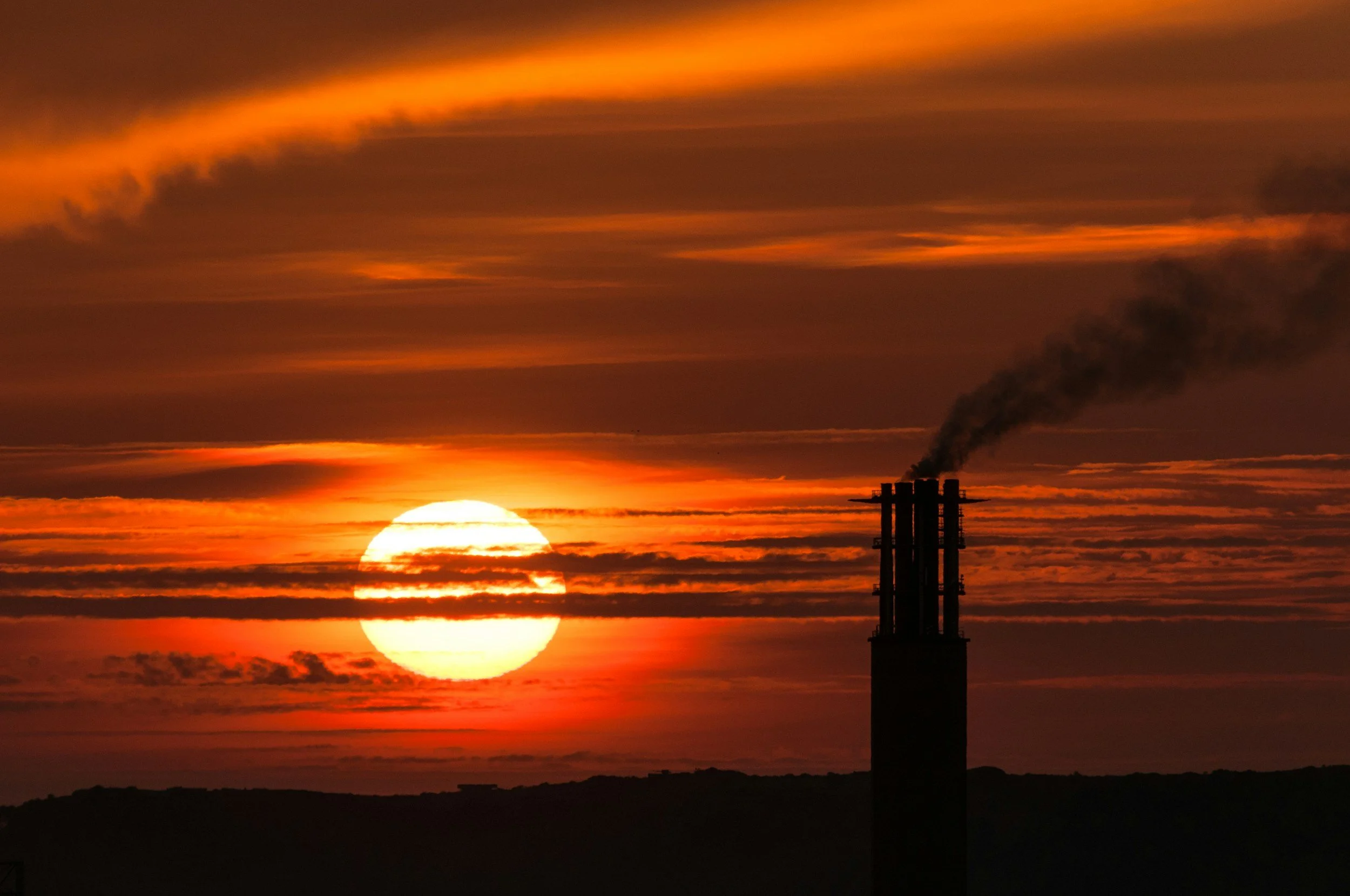
We have been exposed to decades of data and scientific consensus warning us of human-driven climate change, soil degradation, pollinator insect extinctions, and water scarcity. We are now beginning to witness the actual harms of these practices. Yet, instead of constructive policy change, our new leaders ask us to bury our heads in the sand and pretend that it’s all a lie. Environmental stewardship is not partisan. Of course, we should expect differences in leadership style, means, and approaches, but now it seems we are unable to agree on even our basic path to survival.
We were always told that our individual conservation efforts would redeem us: limiting use of plastics, recycling, building more green spaces. But it’s hard to believe that our current climate problems are driven by the actions (or inactions) of individuals. Our failures seem to be engineered on a structural and institutional level: fossil fuel interests, lobbying and political alliances, and fringe climate denial…all woven into the same fabric of resistance to reality itself.
The comforting belief that “reason will prevail” now begins to feel like a myth, distracting us while the greed machine rolls on.
Failure by Design laments this whole architecture, and sits with the realization that those in the best position to help us are, in fact, fueling the fire for their own short-term gain…
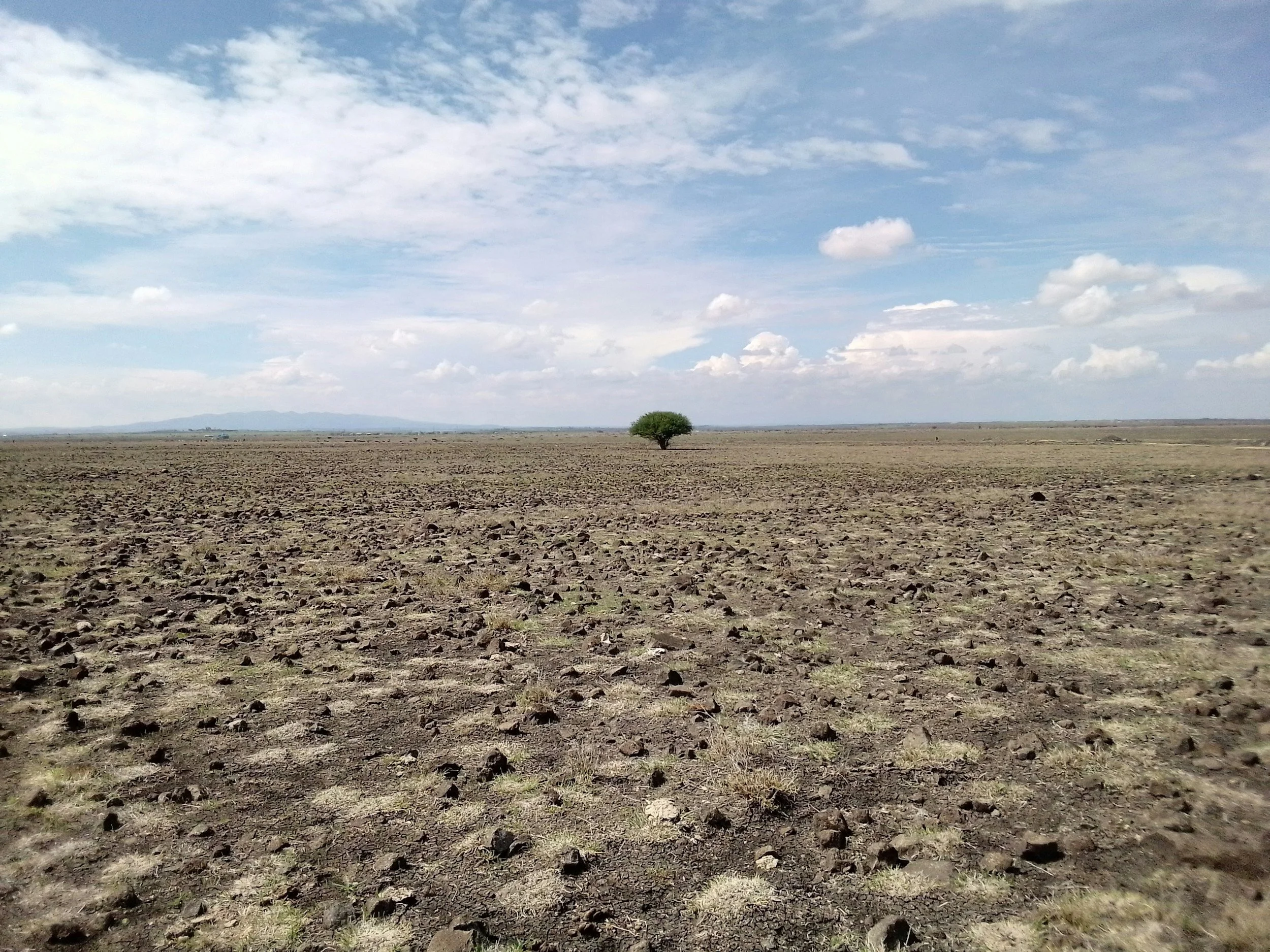
…which will ultimately lead us to the Expanse: the imagined outcome of disastrous political leadership and human behavior. How do we grow food when soil fertility is spent, when aquifers are dry, when rainfall comes only in flash floods between long droughts, when winters are too warm for fruit trees to rest, and summers too hot for crops to survive? How do we power our lives when grids buckle and renewables are controlled elsewhere? What does the land sound like without bees and insects to keep it alive?
This is the expanse: vast, empty, dust-ridden and dystopian.
Trumpeter Philip Dizack patiently and masterfully peels back the interwoven layers of sadness and anger in this piece, while Jon Christopher Nelson’s subtle contributions are essential:
“For me, Expanse evokes a sense of a very large and desolate space, which I highlighted with two proprietary software effects. The first is my custom reverb that physically models a space while allowing me to change it dynamically. I created an additional synthetic ‘reverb’ by using a real-time spectral analysis of the piano and trumpet tracks to trigger the synthesis of a small subset of the rich frequencies present. By synthesizing pitches based on this analysis, one can alter and subtly shift the synthetic pitches to stretch and warp the sustained piano and trumpet.”

Rivers in the Desert closes the album, weaving the two halves together and exploring a way of returning to the abundant idyll. The title alludes to both an ancient Biblical promise in the book of Isaiah (“I will make rivers in the desert…” ) and actual ecological projects in which farmers are literally reclaiming and rehydrating desert land. One such example is the Greening the Desert project in Jordan, which uses strategically placed swales (trenches) to capture scarce desert rainfall and rebuild fertile soil.
Many groups around the world are finding other ways to restore their barren lands. China’s Loess Plateau, once eroded, now flourishes thanks to large-scale ecological restoration and thoughtful government policy. In Europe and North America, several farmers are choosing to focus on restoring the inherent potential of their soil, rather than chemically feeding and weeding their crops every year. They are restoring soil biology with cover crops, compost teas, and diverse rotation systems, effectively pulling carbon from the air, mitigating climate change, growing nutrient-dense food, and reducing or eliminating chemical dependence.
From these examples emerges a singular truth: that the health of the land is inseparable from our own health. It’s really that simple. It’s a nonpartisan statement that sadly feels radical in our hyper partisan world.
This album was inspired by the solutions that lie literally beneath our feet, in the living logic of ecosystems. Climate action and environmental stewardship are mandatory for our survival. But they do not need to be viewed as punishing actions: they bring about processes of restoration that actually lower our costs, reduce our labor, and bring us greater abundance.
Despite the religious reference, we don’t need to look to any particular god to “save us” from our current environmental peril. We have been offered viable, human-led solutions for many years. It’s time we listened. By working with the earth instead of against it, we can make our own rivers in the desert.
Dave Meder - Piano / Synth (3, 8) / Voice (8)
Philip Dizack - Trumpet
Marty Jaffe - Bass
Michael Piolet - Drums / Congas (2)
Jon Christopher Nelson - Additional Sound Design (2, 3, 7)
all works composed by Dave Meder, published by Dave Meder Music (BMI), and commissioned by Chamber Music America New Jazz Works (a program funded in part by the Doris Duke Charitable Foundation).
recording funded in part by The Aaron Copland Fund for Music, tracked by Michael Perez-Cisneros at Big Orange Sheep, and mixed/mastered by Dave Darlington at Bass Hit Recording
photography by Luis F. Lorenzo
cover design by Dave Meder
my profound and everlasting thanks to the following producers for their invaluable support of my work and creative practice:
EXECUTIVE PRODUCERS: Judy Watson, Barry Cohen, Bill and Martha Sando
ASSOCIATE PRODUCERS: Erdal Paksoy, Susan and Steve Jewell-Larsen, Carole Fiore, Jinda Wang, Elaine Spyker
Dave Meder is a Yamaha Artist. CFX Concert Grand Piano provided by Yamaha Artist Services New York.